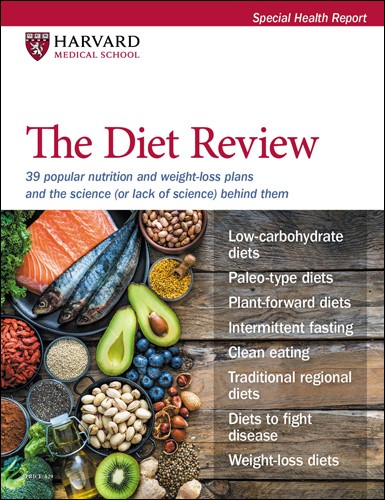Choose from these key plant-based food groups at each meal, no matter what your eating style.
Plant proteins. From pulses (beans, lentils, peas) to soy foods (edamame, tempeh, tofu, soy milk) to seitan (made from wheat gluten, a protein) to nuts and seeds, plant protein food groups offer important nutrients beyond protein. These plant protein food sources also contain stores of fiber, healthy fats, vitamins, minerals and phytochemicals. Think of a savory loaf made with beans and walnuts, a hearty bean stew with vegetables, cubes of tofu in a mushroom sauce with pasta, or a plain, simple PB&J sandwich. Aim for a good source of protein at each meal and snack.
Whole grains. Plump, crunchy grains of barley, Kamut, and wild rice are examples of whole grains, which include the germ (the embryo for the plant), endosperm (the food store for the embryo), and outer layer of bran. These fiber-rich grains have a lower glycemic index than refined grains; thus, they have
a gentler impact on blood glucose levels and increase satiety (that sense of fullness). In addition, these healthy grains are rich in protein and essential vitamins, minerals, and phytochemicals. The average person should eat about six servings of grains per day, and at least half should be whole grains.
Vegetables. A rainbow of vegetables—leafy greens, carrots, tomatoes, cucumbers, summer squash, asparagus—offer rich rewards of vitamins, minerals, and fiber and high levels of phytochemicals, all for a very low calorie and carbohydrate load. These foods should be the foundation of a healthy plant-based diet. Try to consume two to three cups per day...













